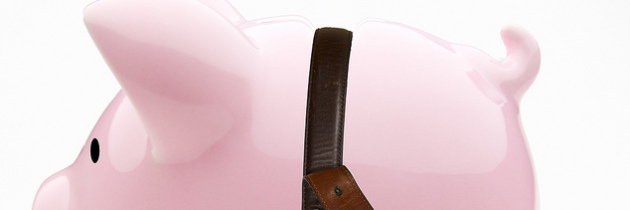
Last week Christine Benz had a write up on retiree spending that “unpacked” the 4% rule. One interesting tidbit she threw in was that “…according to a survey from the American College of Financial Services. Seven in 10 individuals between the ages of 60 and 75 with at least $100,000 said they were unfamiliar with the oft-cited 4% withdrawal-rate guideline. Meanwhile, 16% of survey respondents pegged 6% to 8% as a safe withdrawal rate.”
The lack of awareness of the 4% rule is of course plausible. But just as more and more Americans (boomers) need to be aware and have some understanding of the concept, the number itself is probably obsolete at least in terms of portfolio sustainability.
The 4% rule dates back to the 1990’s of course and assumes lower risk yields from the income part of the portfolio that no longer exist; 3-4% money markets, 5% two year treasuries and so on. Investors arguably need to take an equity portfolio approach to the income portion of their portfolios. Not more equities but and equity portfolio approach that entails blending together different types of holdings that have different attributes; credit quality, volatility and so on similar to owning foreign and domestic equities, small cap and large cap, low beta and high beta and growth and value to name a few.
The high yield space has offered a brutal ride but a little bit can go a long way in terms of the portfolio’s overall yield. A small slice of relatively volatile, higher yielding exposures blended with things like short term investment grade corpoorates that might yield 1.0% is a path to consider. The short term investment grade corporates would hopefully be very boring and maybe even a little frustrating but with the right mix of potentially volatile income market sectors the overall yield could get kind of close to 4%.
Kind of close would entail spending a little principle which will no doubt be uncomfortable for people but markets have changed at least in terms of yields available and investors must adapt and adapting means something has to give whether that is spending a little principle (trade off could be a smaller nest egg left for your heirs) or having a lower withdrawal rate (made up with living a more modest lifestyle or doing some sort of work like a monetized hobby).














Leave A Comment